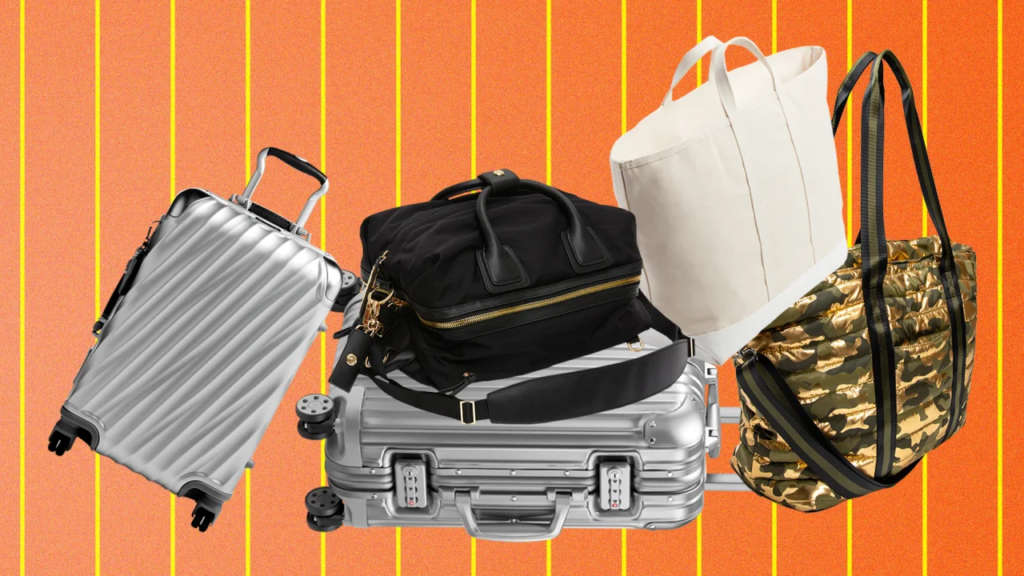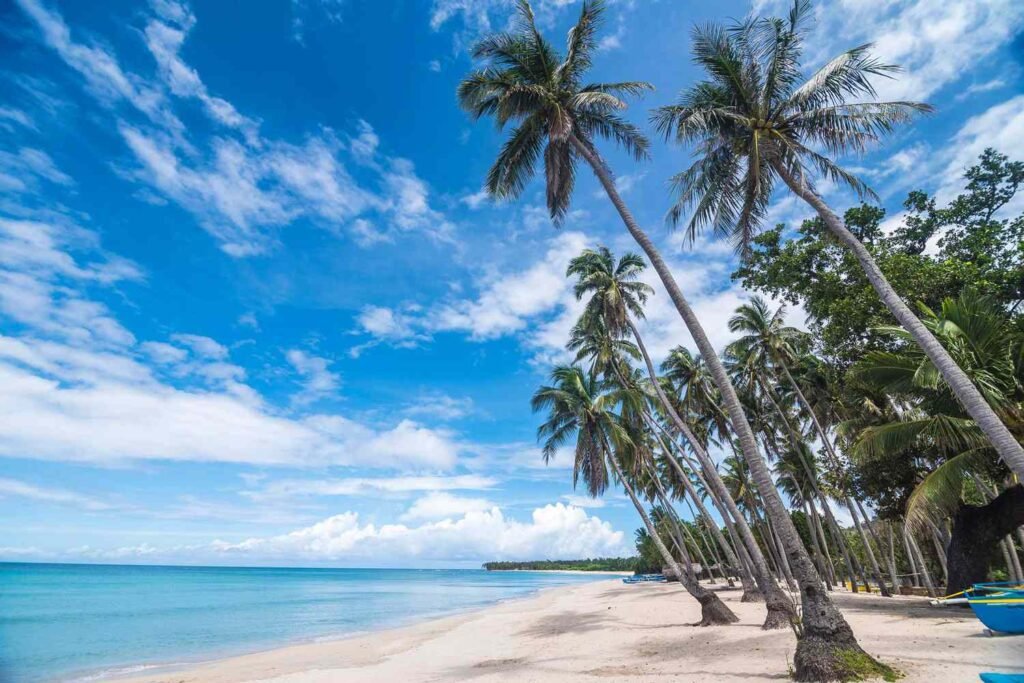The Reality of Tourist Traps
Traveling the world should be about discovering authentic experiences, not getting overcharged for mediocre meals or wasting time in overrated spots. Unfortunately, many popular destinations are riddled with tourist traps—places or activities designed to take advantage of travelers with inflated prices and minimal value. Learning to recognize and avoid these pitfalls is essential for smarter, more rewarding travel. This guide will show you how to explore more like a local and less like a tourist in 2025.
Research Before You Go
The first step to avoiding tourist traps is thorough research. Go beyond the first page of Google and Instagram; look for travel blogs, forums like Reddit or TripAdvisor, and YouTube channels from locals or long-term travelers. Reading reviews, checking real photos, and understanding recent visitor experiences can help you separate genuine attractions from tourist gimmicks. Look for recurring complaints about pricing, long lines, or underwhelming experiences—that’s usually a red flag.
Stay Away from the Obvious Hubs
Major attractions like Times Square in New York or the Eiffel Tower in Paris are iconic but often surrounded by overpriced restaurants, souvenir shops, and aggressive street vendors. While visiting these landmarks is worthwhile, spending your entire day—and money—there is not. Venture a few blocks away from the main sites to find better food, quieter streets, and more authentic culture. In cities, use local transport to explore neighborhoods that aren’t in every guidebook.
Eat Where the Locals Eat
Dining is one of the easiest ways to fall into a tourist trap. If a restaurant is full of tourists and has a host trying to pull people inside, it’s a warning sign. Avoid places with menus in multiple languages featuring photos of every dish. Instead, look for spots crowded with locals, small family-run eateries, or street food stalls with lines. Use apps like Google Maps, Yelp, or HappyCow (for vegetarians) to find well-reviewed local gems. Eat smart, and you’ll enjoy better food for a fraction of the price.
Skip the Group Tours—Go Independent
Group tours can be convenient, but many are overpriced and rushed. They often focus on “checklist” attractions and give little time for personal exploration. Instead, consider self-guided walking tours, local apps, or hiring a certified local guide for a private or small-group experience. You’ll get deeper insights, flexibility, and often better value for money. If you must take a tour, read reviews carefully, and avoid those with packed itineraries and little cultural depth.
Avoid Overpriced Souvenirs
Souvenir shops near famous landmarks typically sell mass-produced, low-quality items at inflated prices. These generic trinkets often aren’t even made in the country you’re visiting. For more meaningful keepsakes, shop at local markets or directly from artisans. Ask locals where to find handmade goods, traditional crafts, or region-specific items. Not only will your souvenirs be more special, but you’ll also support the local economy more directly.

Learn Basic Local Language and Customs
Knowing a few words in the local language—hello, please, thank you, how much—is not just polite, it helps you blend in and avoid being targeted as a tourist. Understanding cultural norms also reduces the risk of falling for scams or making costly mistakes. In some countries, tourists who appear clueless are often charged higher prices or misled. Use language apps like Duolingo or Google Translate and take time to understand basic etiquette before you arrive.
Don’t Fall for Exclusive or VIP Offers
In popular tourist spots, you’ll often encounter offers for “skip-the-line,” “VIP access,” or “secret locations.” While some of these might be legitimate, many are scams or overpriced tours offering little more than standard experiences. Be skeptical of street sellers or unlicensed guides. Always book activities through reputable platforms or directly through official websites. If something seems too good to be true, it probably is.
Use Technology to Your Advantage
Smart travel is smart tech. Use offline maps, review apps, language tools, currency converters, and public transportation apps to navigate more independently and avoid confusion that leads to tourist traps. Use Google Maps to check if a restaurant or shop is busy with locals or tourists. And use Instagram for inspiration but then verify the location isn’t overly hyped or staged. Technology empowers you to make informed choices, even in unfamiliar environments.
Travel in the Shoulder Season
Timing matters. Traveling during the shoulder season (the period just before or after peak travel months) means fewer crowds, lower prices, and a better chance of experiencing local life. Tourist traps thrive on large numbers of unprepared visitors—something less likely in quieter seasons. For example, visiting Europe in May or September offers warm weather without the summer chaos. Not only do you save money, but your chances of being scammed or lured into traps also drop significantly.
Conclusion
Avoiding tourist traps doesn’t mean skipping iconic landmarks—it means approaching them wisely and surrounding your journey with authentic, enriching experiences. By doing a little extra planning, embracing local culture, and making conscious decisions, you’ll uncover the real beauty of a destination. In 2025, travel smartly by combining technology with curiosity and respect. The reward? More meaningful adventures, lasting memories, and a genuine connection to the world you’re exploring.


















